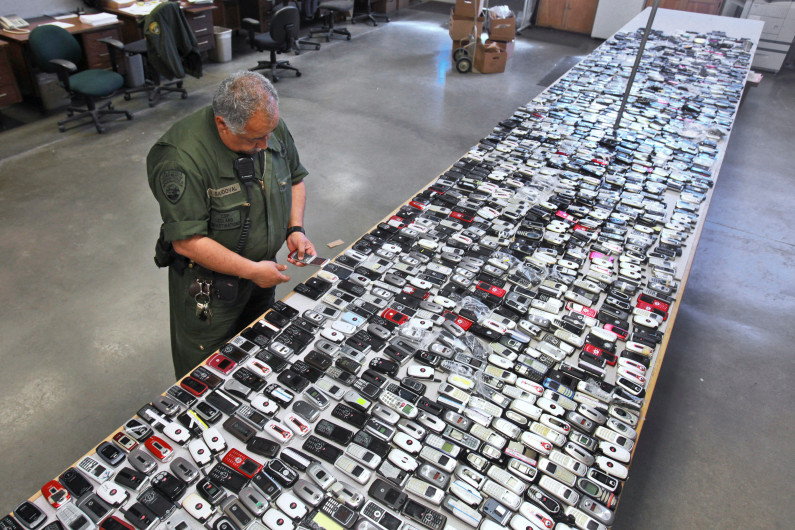
Hardly visible within the North American telecommunications marketplace lies a demographic consisting of 2.3 million incarcerated men and women who rely on cellular technology to stay connected with the outside world.
Studies have proven that recidivism rates are lower among inmates who have access to a support network while serving time. Prison officials have said cell phones are the biggest threat to US prisons.
Only a few telecommunication providers cater to the North American penal system. It’s a niche, controlled by only a few companies, generates over 1.5 billion annually.
Securus Technologies and GTL control over 80 percent of the market, which almost makes it a duopoly.
Securus will soon own ICSolutions, a small provider. Once the deal is finalized, they company will be the clear industry frontrunner as they already provide service to 1.2 million prisoners in the US and Canada. Tom Gores, the owner of the NBA’s Detroit Pistons, bought the company last year.
Prisons once offered in-person visitations free of charge. It was a built-in privilege that everyone understood, which created an opportunity for the small providers to seize upon. Now, visitations are hard for most to afford and the expense alone has prisoners out of those who can’t afford something that was once free.
Average rates nationwide start at $1 a minute, and each state is free to determine what those rates are.
In one example of reverse incareration, Cecilia Kang of the New York Times said in an interview last year, “We've seen examples as high as actually $56 for four minutes.”
In 2013, the FCC capped in-state and intra-state phone rates at .25 cents per minute, but it was only temporary. Citing the 1996 Telecommunications Act, FCC officials said they did not have the authority to regulate rates at the state level, where providers generate 80 percent of their revenue.
A report from the Ella Baker Center for Human Rights found that a third of the families went into debt after using cell phones or video conferencing to stay in touch with an incarcerated loved one.
A woman in Massachusetts filed a lawsuit against Securus claiming that calls her jailed fiancée made, who committed suicide, almost depleted her finances.

A correctional officer inspects one of the more than 2,000 cellphones confiscated from inmates at California State Prison, Solano in Vacaville, Calif., in 2009. California is installing nearly 1,000 sophisticated metal detectors and scanners at its prisons in its latest attempt to thwart the smuggling of cellphones. (Photo: AP)
In-person visits were banned a few years ago by several states. In less than two years, prison analysts expect face-to-face visitations will no longer be available. Prison officials have cited smuggled cell phones as the biggest threat to US prisons.
In 2010, media reports emerged of prisoners conducting business from the inside via smuggled mobile phones. Threatening judges, coordinating drug deliveries, and ordering hits on law enforcement officials or rival gang members were believed to be the reason for the contraband growth. While media focused on the extreme, the reality was that prisoners were using cell phones to stay in touch with their families more than anything else.
California jails banned in-person visits and now offer cell phone or video visitations. Prisoners once accustomed to hugging their children once a month now see them through a grainy video screen for roughly 20 minutes per visit.
Governor Brown signed a bill this year that will allow California prisons to choose how people on the outside can visit loved ones on the inside.
Having a face-to-face conversation with another person could mean the difference between spending a life behind bars or at home with friends and family. It’s a watershed moment for the industrial prison complex that has repeatedly made rehabilitation less of a priority,, and making money it's main concern. .


